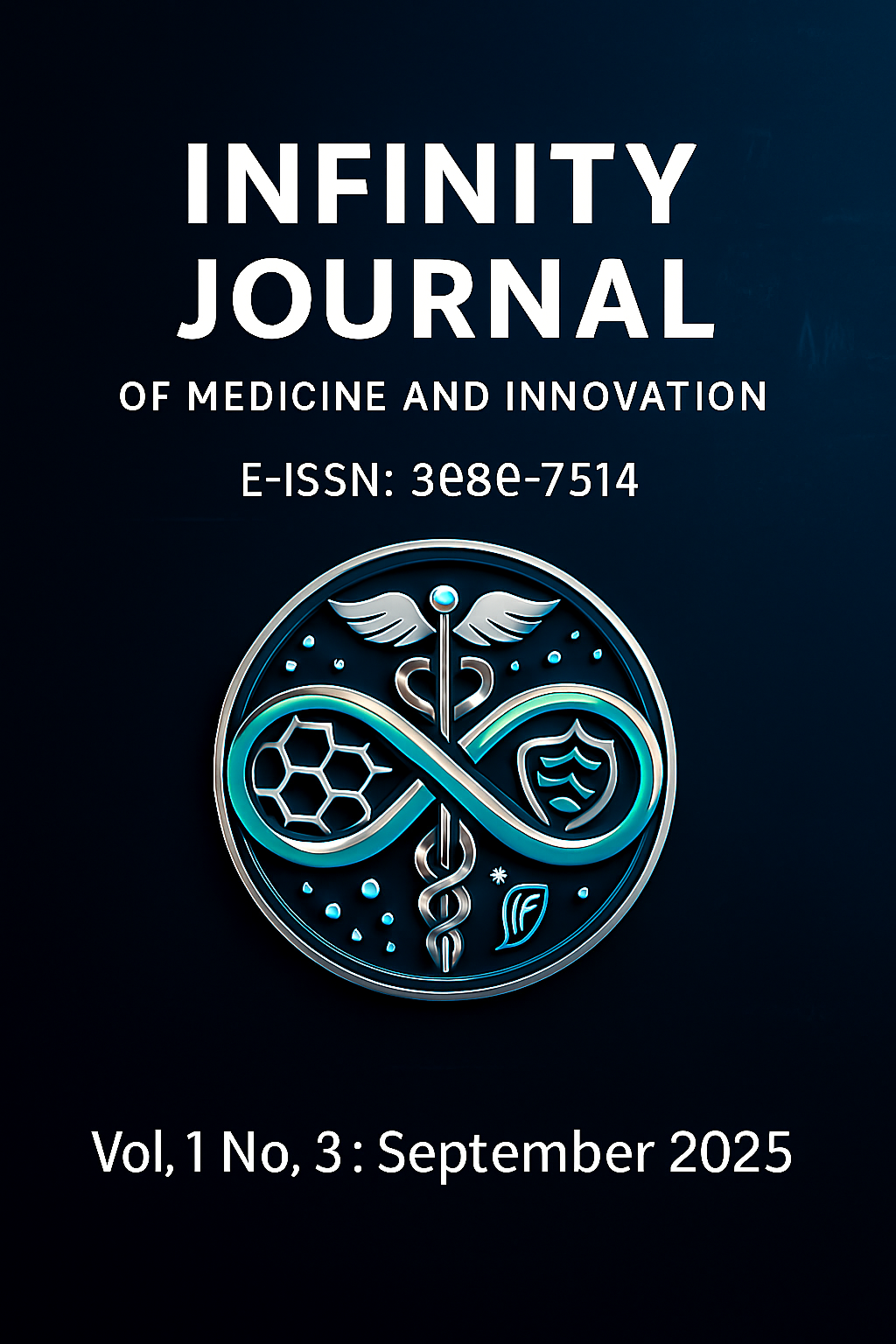Evaluation Prepared Ceftriaxone Solution for Antimicrobial Susceptibility Testing of Staphylococcus aureus using the Agar Well Diffusion Method
الكلمات المفتاحية:
Staphylococcus aureus, Ceftriaxone, Antimicrobial Susceptibility Testing, Agar Well Diffusion, Cost-Effectiveness, Resource-Limited Settingsالملخص
Background: Antimicrobial susceptibility testing (AST) is fundamental for guiding effective antibiotic therapy, but the cost and availability of commercial antibiotic discs can be a significant barrier in resource-limited settings. Staphylococcus aureus, particularly methicillin-resistant strains (MRSA), poses a persistent clinical challenge, demanding reliable and accessible testing methods. This study aimed to evaluate and validate a cost-effective, locally prepared ceftriaxone solution as an alternative to commercial discs for S. aureus susceptibility testing. Methods: Ten clinical isolates of Staphylococcus aureus were collected and identified using standard microbiological techniques. Antimicrobial susceptibility was tested in parallel using two methods on Mueller-Hinton agar: the standard Kirby-Bauer disc diffusion method with commercial 30 µg ceftriaxone discs, and the agar well diffusion method. For the latter, a 30 µg/mL ceftriaxone solution was prepared in-house from a commercially available 1-gram injectable vial. A volume of 100 µL of this solution was dispensed into 6 mm wells. The plates were incubated at 37°C for 18-24 hours, and the diameters of the inhibition zones were measured in millimeters. Results: The mean inhibition zone diameter produced by the commercial ceftriaxone discs was 18.1 mm (Standard Deviation [SD] = 3.72 mm). The locally prepared ceftriaxone solution yielded a mean inhibition zone of 18.2 mm (SD = 3.55 mm). The difference in mean zone diameters was a negligible 0.1 mm. A paired samples t-test confirmed that there was no statistically significant difference between the two methods (t = -0.135, p = 0.895). All isolates showed consistent susceptibility or resistance patterns across both testing methods based on CLSI interpretive criteria. Conclusion: The agar well diffusion method using a locally prepared ceftriaxone solution from injectable vials is a reliable, accurate, and highly cost-effective alternative to the standard commercial disc diffusion method for S. aureus susceptibility testing. This approach can significantly reduce laboratory expenses and improve diagnostic capacity, particularly in healthcare facilities facing financial or supply chain constraints. We recommend the adoption of standardized in-house protocols for preparing antibiotic solutions as a sustainable practice in clinical microbiology.
التنزيلات
منشور
كيفية الاقتباس
إصدار
القسم
الرخصة
الحقوق الفكرية (c) 2025 (e-ISSN: 3080-7514) مجلة اللانهاية للطب والابتكار

هذا العمل مرخص بموجب Creative Commons Attribution 4.0 International License.
Allows others to copy, modify, distribute, and reuse the research for any purpose (even commercially), provided that the original author is credited.






